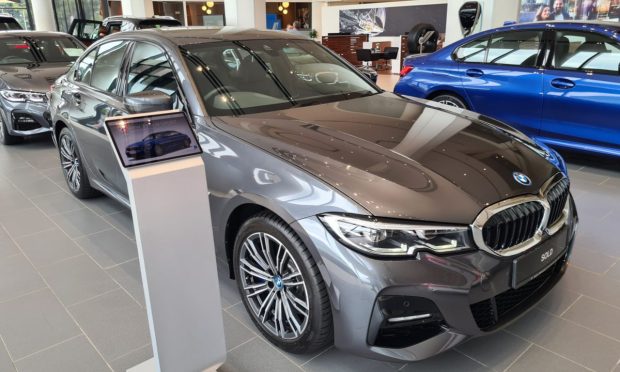2023 Revs Up to Become Connected Cars’ Milestone Year

This year, the rubber meets the road for connected cars.
A slew of partnerships and announcements in just the first few weeks of 2023 show that all parts of the ecosystem — the payments firms, the software providers, the dealers and of course the automakers themselves — seek value in enabling vehicles to connect with all facets of everyday commerce and social interaction.
The digital enablement goes well beyond the confines of buying gas, or paying for convenience store purchases or knowing where a favored coffee shop might be down a stretch of highway. The connectivity can make it easier to get the vehicle in the first place, to keep it serviced and running, and yes, keep top lines growing.
To that end, and in but one recent example noted here, BMW of North America has selected Stripe as its primary payments infrastructure. The partnership will facilitate the automaker’s U.S. vehicle preorders and online purchases of extended warranties, maintenance and digital services.
A Boost for Dealers
BMW of North America will use Stripe Connect to enable customers to pay online with debit or credit cards, to facilitate the payments to the correct dealers and to gain faster access to revenue insights.
There’s an important, positive impact to the dealers, we note. Consider the fact that they can gain a sense of the services that are most in demand, or are needed over time, as they build relationships with customers and want to maintain them over as long a lifetime as possible (cars, of course, last years).
As recently as the middle of last year, Haig Partners, a buy/sell adviser to auto dealers, said that profits on dealerships have been elevated due to pent up demand and low inventories.
But supply shortages and high ticket prices may be giving way to slowing sales … and that means, of course, lower prices down the line. The connected car data can prompt dealers to help their customers monitor everything from wiper life and fluid levels to brake pad wear … and even keep the inventory on their lots in test-drive shape. As with any industry, dealers will need to find new ways to keep margins and revenue intact as consumers pull back on high ticket items.
Elsewhere, we noted this month that Porsche is reportedly considering integrating Google software into its vehicles. Google has already expanded its connected car partnership with carmaker Renault, allowing the automaker to offer over-the-air software updates to its vehicles. There’s room for the automakers to sell their data, also as part of higher-margin services.
Data as a Service
As the new year dawned, Stellantis NV — which makes Jeeps and Fiat cars, among other autos — said it would launch a new. software-focused unit to harness car-level information. The unit, to be named Mobilisights, will be “dedicated to growing the company’s Data-as-a-Service (DaaS) business and developing and licensing innovative B2B products, applications and services,” Stellantis said.
That data, in one early use case, can provide personalized usage-based insurance to road hazard detection and traffic management. In terms of scale, Stellantis has estimated that its roster of connected vehicles will grow from 12 million at present to 34 million by 2030. The global automotive software market, one recent study said, is expected to have a compound annual growth rate (CAGR) of 15% between now and the end of the decade, as noted in the report “Reshaping Global Business With Connected Vehicles,” a PYMNTS and American Express collaboration.
In our Connected Economy look back through 2022, we found that 54% of consumers are now part of the hybrid workforce, working both in an office and remotely, while overall, there’d been a 14% increase in consumers’ digital engagement since the end of 2021. This indicates that we’re taking to the road more than we were (and the card companies noted a snapback in travel-related spending), which means, too, that we’ll expect more of a connected digital experience on a highway or off the beaten path.
